Create A Curriculum That Questions The Purpose Of Knowledge
The purpose of curriculum is to provide a mutual language to organize and communicate knowledge–and students inherit its implications.
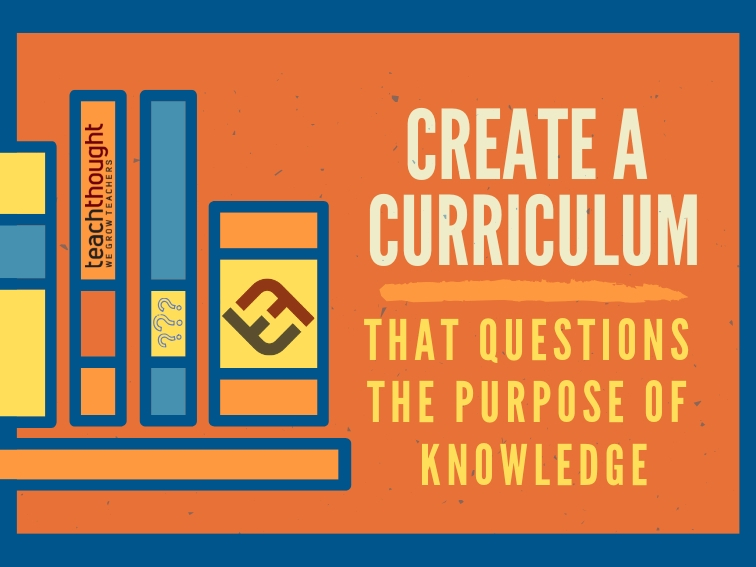
The purpose of curriculum is to provide a mutual language to organize and communicate knowledge–and students inherit its implications.
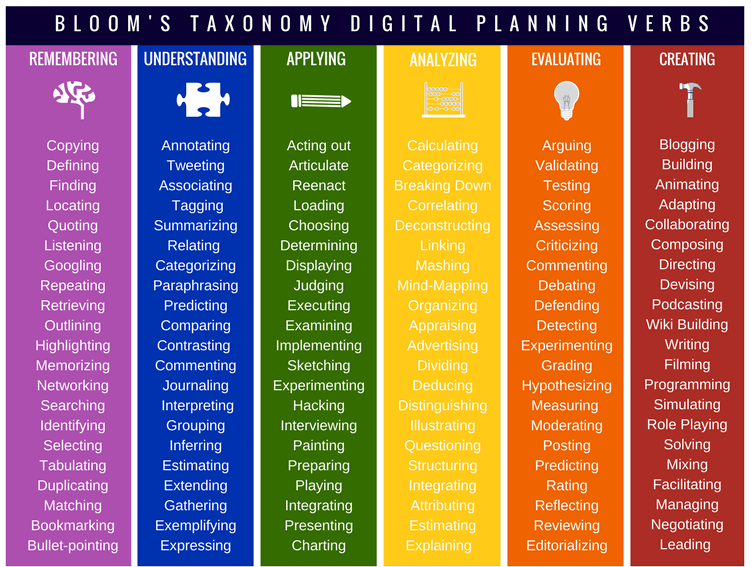
A good question can open minds, shift paradigms, and force the uncomfortable but transformational cognitive dissonance that can help create thinkers.
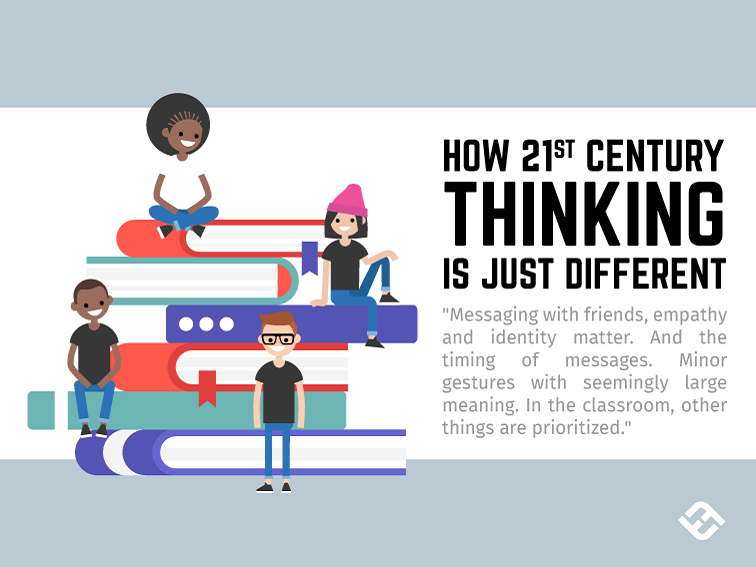
The shift toward a fluid, formless, socialized nature of information, thought, and belief is a not a small one.
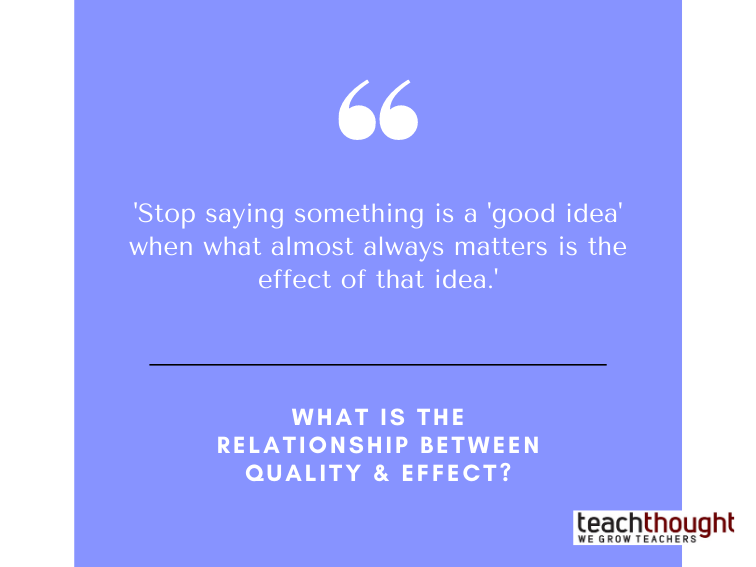
What is the relationship between quality and effect? It’s partly causal but that’s not exactly it. But there is clearly interdependence.
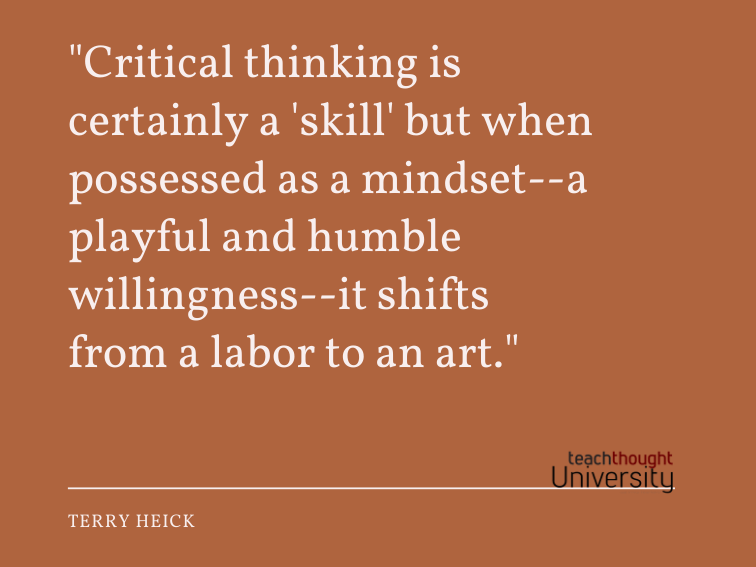
Critical thinking is certainly a ‘skill’ but when possessed as a mindset–a playful and humble willingness–it shifts from a labor to an art.
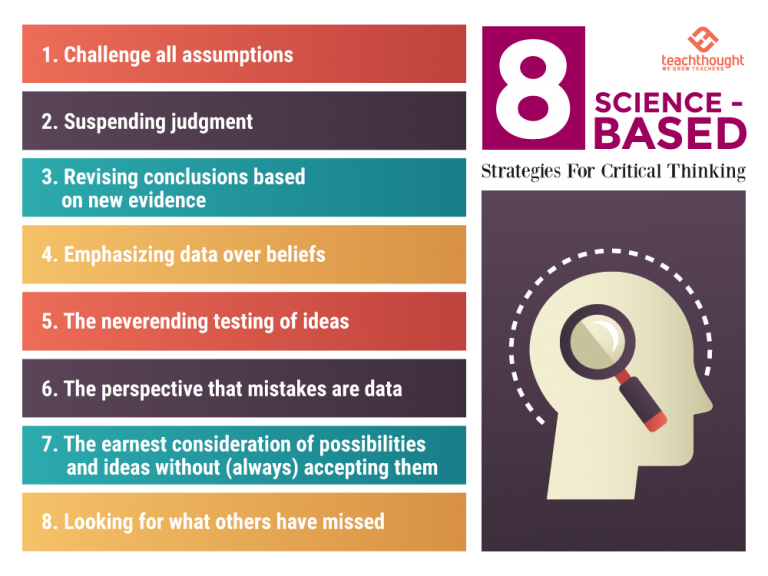
The development of beliefs based on critical reasoning and quality data is much closer to a science-based approach to critical thinking.
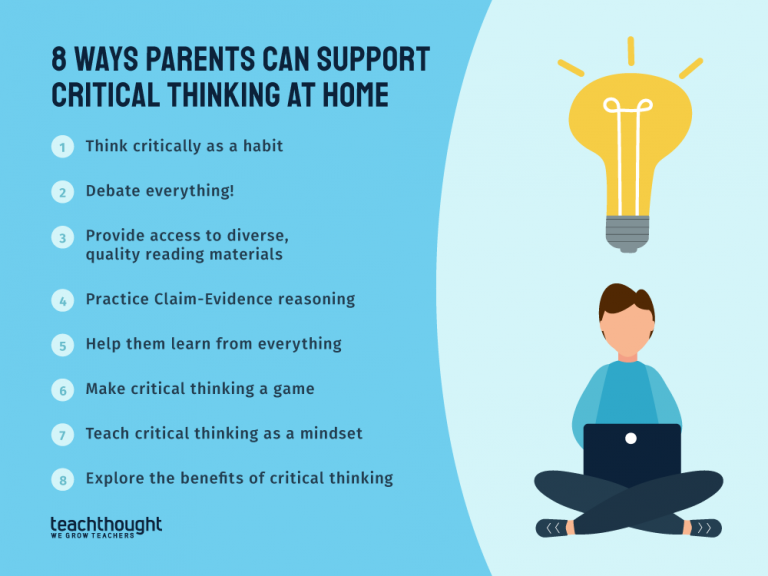
Practicing critical thinking at home–in their ‘native environment’–is a useful strategy to build their cognitive muscles.
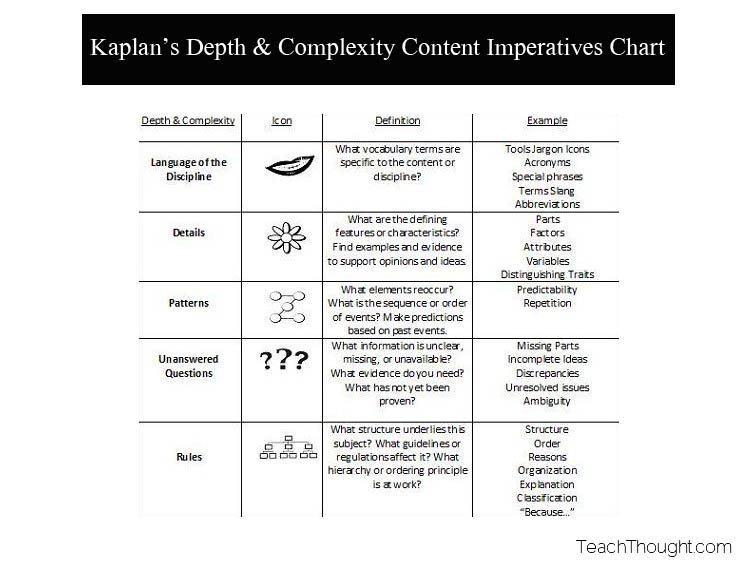
The Kaplan Depth & Complexity chart is a way to promote complex and in-depth analysis of academic and non-academic content.
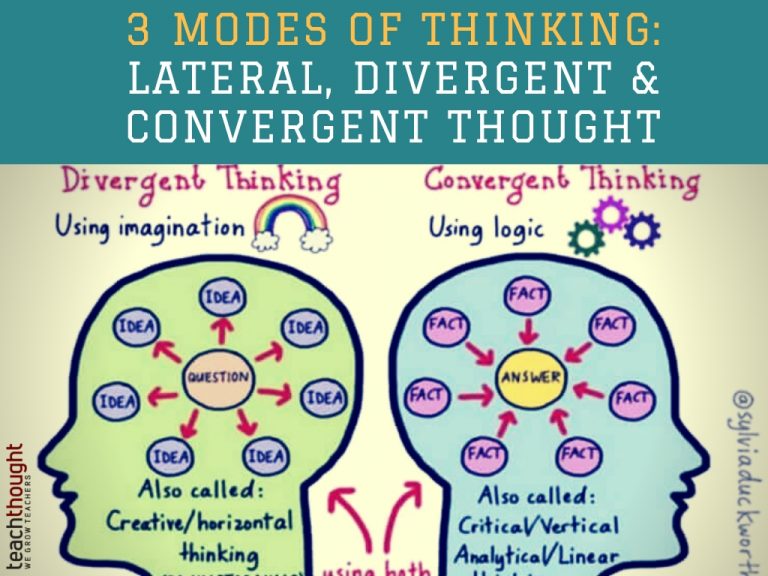
Lateral thinking solves problems via a creative approach involving ideas that may not be obtainable by using traditional step-by-step logic.
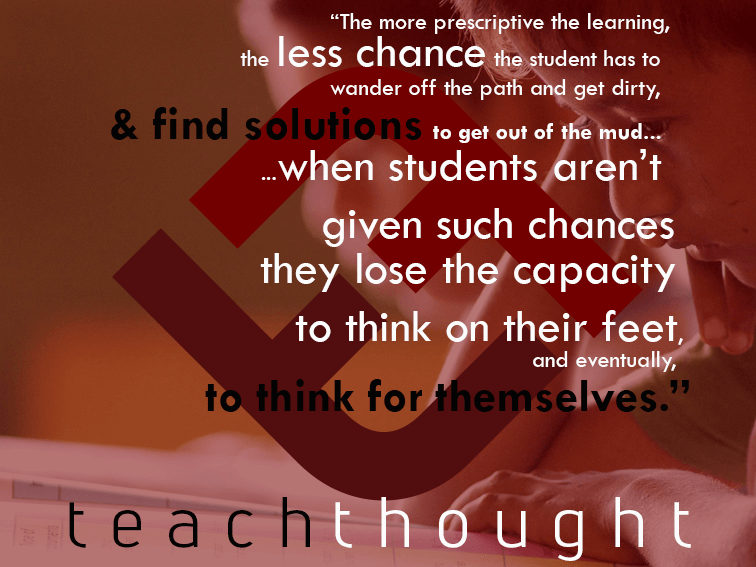
They reduce the opportunities to explore creativity in subjects. If we want to create students that solve problems, we need to start from the beginning.
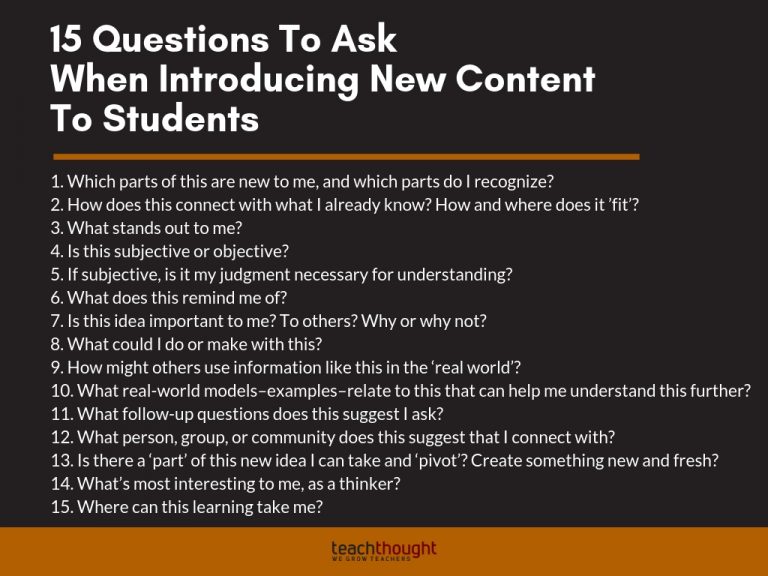
When introducing students to new content, the right questions and language can help disarm uncertainty and encourage a growth mindset.
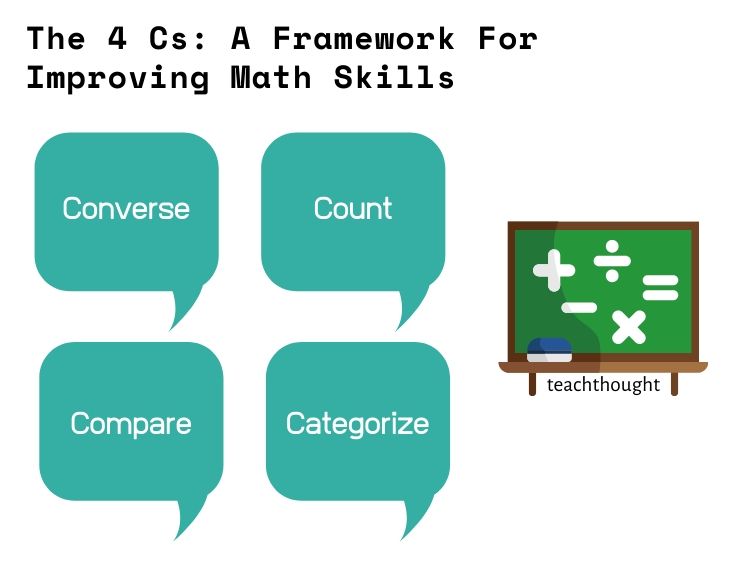
The Four Cs stand for Converse, Count, Compare, Categorize, each of which are critical to the development of a young child’s mathematical knowledge.
End of content
End of content